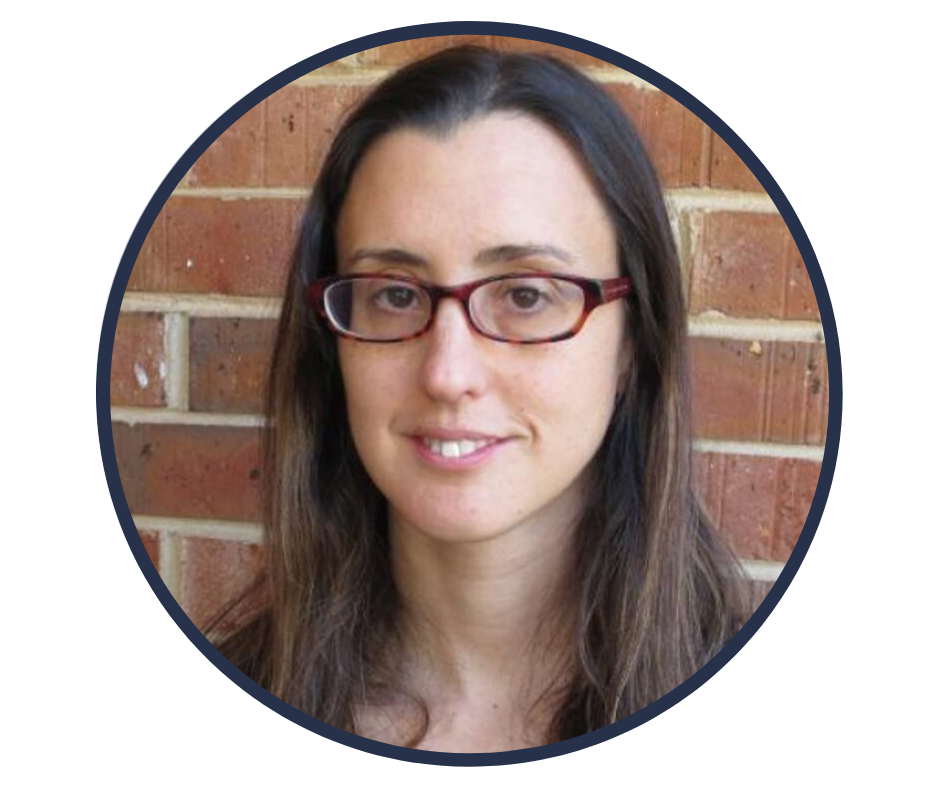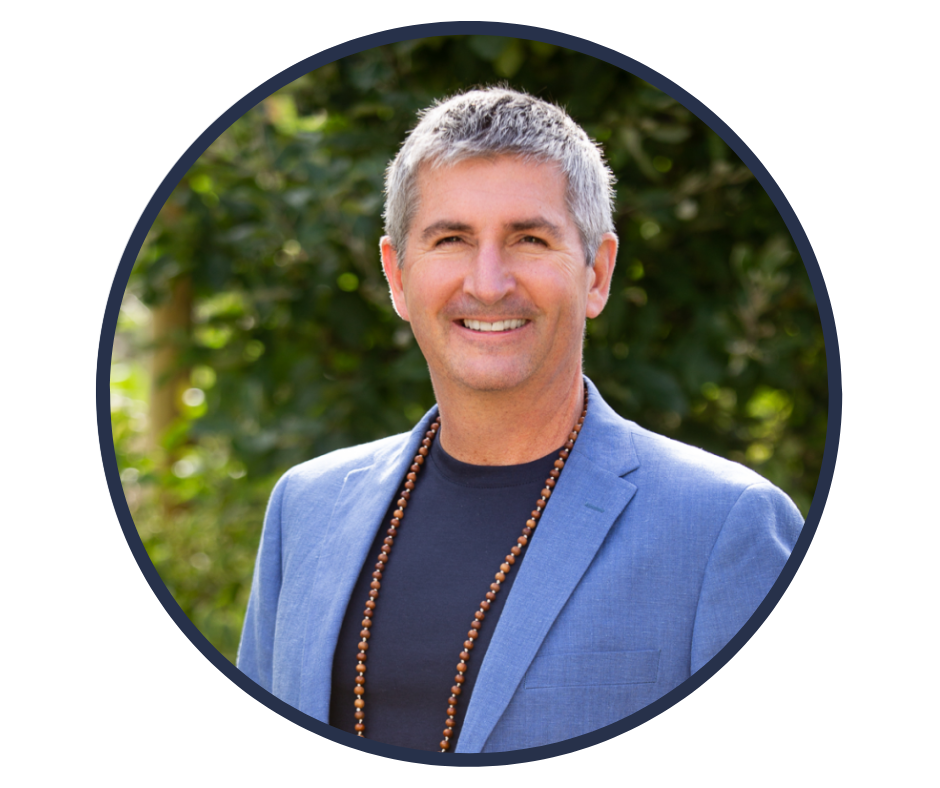Yoga and Science in Pain Care - Therapeutic Intersection of Triguna & Polyvagal Theories
By: Jo-Jo Jackson, ERYT-500 ∙ Estimated reading time: 6 minutes
By: Jo-Jo Jackson, ERYT-500 ∙ Estimated reading time: 6 minutes

This is the 6th blog post in a series based on the Yoga and Science in Pain Care Book Club, a 15-part course based on the book by the same title, by Neil Pearson, Shelly Prosko, and Marlysa Sullivan. You can find the blogs corresponding to Chapter 1, Chapter 2, Chapter 3, Chapter 4, and Chapter 5.
Yoga Philosophy and Neurophysiology
The intersections of yoga philosophy and neurophysiology consistently yield intelligent insight that refines the way yoga therapists interact with clients.
Learning about these therapeutic intersections empowers practitioners to cultivate safety and trust in a therapeutic relationship while they support clients to engage in compassionate self-inquiry on the subtle tendencies of one’s own being.
This blog explores one such illuminating intersection presented in chapter 6 of Yoga and Science in Pain Care, titled “Polyvagal theory and the gunas: A model for autonomic regulation in pain.”
Chapter authors Marlysa Sullivan and Matt Erb have co-written extensively on this topic, including a great scholarly article I read in my grad school studies titled “Yoga therapy and polyvagal theory: The convergence of traditional wisdom and contemporary neuroscience for self-regulation and resilience.” I recommend reading this article too, as it serves as a strong addition to support optimal learning from this chapter.
Furthermore, the corresponding chapter course on Embodia presents a conversational approach to exploring how the practice of yoga therapy is informed by this model.
So, what comprises the triguna and polyvagal theories and how do they intersect? Central to the understanding of Samkhya Darshana, one of yoga’s foundational philosophies, is the theory of the triguna.
This theory expounds the essential nature of the three primary gunas:
- Sattva—luminosity and lightness,
- Rajas—activation and movement, and
- Tamas—inertia and heaviness.
These three major principles of the known manifested universe also influence the psychophysiology of how a person experiences and interacts with the world around them.
The Polyvagal Theory
Polyvagal Theory is a framework that recognizes the connections between the body, brain, mind, and environment through three distinct neural platforms that support specific preparatory sets of behavioral and psychophysiological states.
The qualities of these three neural platforms overlap with the qualities of the three gunas through their shared characteristics:
- The ventral vagal complex (VVC) arises from the nucleus ambiguous, and its activation engages the “social engagement” neural platform in response to perceived or real safety in an environment. The attributes of sattva guna overlap with that of VVC activation.
- The sympathetic nervous system (SNS) arises from the spinal cord, and its activation stimulates the “defense mobilization” neural platform in response to perceived or real safety. The attributes of rajas guna overlap with that of SNS activation.
- The dorsal vagal complex (DVC) arises from the dorsal motor nucleus, and its activation initiates the “defense immobilization” neural platform in response to perceived or real life-threatening danger. The attributes of tamas guna overlap with that of the DVC.
The theoretical framework of polyvagal theory and the gunas is presented in greater detail in Yoga and Science in Pain Care Chapter 6, including an explanation of the blended neural platforms and the five global states, and the importance of elevating sattva in balancing the gunas.
From Yoga Teacher to Yoga Therapist
As I move forward in my career from yoga teacher to yoga therapist, I have come to value the importance of understanding how and why various yoga practices influence certain outcomes, such as supporting autonomic regulation in pain management with its effect for the safety neural platform/sattva.
One of my highlights from the chapter reading is the thorough understanding Sullivan & Erb present of how and why integrative hatha yoga therapy supports VVC dominant neural states and autonomic nervous system regulation.
The system of hatha yoga utilizes both neurocognitive “top-down” and somatic “bottom-up” processes through the combined practices of asana, pranayama, meditation, and ethical inquiry.
This unique neurophysiological feature of yoga can support clients in safely exploring pain by developing various tools to fortify autonomic nervous system regulation and resilience.

In both the chapter reading and the corresponding Embodia course, Sullivan & Erb discuss various clinical applications for improving autonomic nervous system regulation and resilience.They expand on the function of beneficial yoga practices into supporting three types of resilience:
- Developing the ability to alternate between activating and calming the neural platforms,
- Widening the window of tolerance to experience safety in different neural platforms, and
- Transforming relationships to various stimuli by reappraisal.
Other clinical applications discussed in the online course included conversations on supporting clients through environmental influence of the treatment room and providing appropriate practices to pacify hyperarousal or hypoarousal states.
Therapeutic Presence
Another meaningful takeaway from the course is the importance of practitioners developing a mindful awareness of inter-personal communication cues to establish a therapeutic alliance with clients through healing presence. This is something my grad school program emphasizes for us student yoga therapists, so learning more of the science behind it supports me in my meaning-making.
A healing, therapeutic presence is when a practitioner is fully being with a client with present-moment awareness both physically and psychologically; the sattvic qualities of empathy and compassion are foundational to therapeutic presence. In addition, empathy and compassion also support co-activation of the VVC and safe social engagement platform between both the yoga therapist and client.
Healing presence can be demonstrated by the therapist’s use of body language, facial expressions, and vocal prosody, in addition to the therapist’s sensitive attention to the client’s non-verbal cueing.
Sound Meditation Practice
One final highlight that I found very interesting was the experiential sound meditation practice. As a lifelong musician and sacred sound practitioner, I find it personally affirming to experience sound as evidence-informed practice, and I plan to provide sound-based meditation techniques through my professional yoga therapy practice after I graduate next summer.
The musical clips presented in the meditation were created by two cardiologists that used fractal mathematics to convert real-time heart rate variability and respiratory sinus arrhythmia data of cardiac patients into musical compositions on piano.
Experience a sound meditation with Matt Erb in the clip below from the Embodia course Yoga and Science in Pain Care Chapter 6: Polyvagal Theory and the Gunas
The practice was a somatic attuning of the global felt sense each musical clip invoked, and supported an awareness of how feeling tones can change depending on the quality of stimuli received.
Music and sound, just like vocal prosody, can transmit powerful emotional messaging that can transform the way a person identifies with pain.
This experiential practice helped me make sense of how these theoretical frameworks can be applied in novel yet practical and relatable ways.
Click here to learn more about Chapter 6
of Yoga and Science in Pain Care
or
Click here to view the complete series
References:
- Pearson, N., Prosko, S., Sullivan, M. (2019) Yoga and Science in Pain Care: Treating the Person in Pain. Jessica Kingsley Publishers
- Yoga and Science in Pain Care: Chapter 6 online course. Feb 2021. Embodia.
---
Date written: 4 Sept 2023
Last update: 8 December 2025

ERYT-500, Student MS in Yoga Therapy
Jo-Jo Jackson (ERYT-500) is a professional yoga & meditation teacher and student yoga therapist studying at Maryland University of Integrative Health (MS in Yoga Therapy class of 2024). In addition, Jo-Jo is an Ayurvedic wellness counselor certified in HeartMath personal resiliency techniques, and she specializes in guiding sound-based and mantra-based meditation practices through the sacred tradition of Nada Yoga. Her continuing education sources from philosophical, somatic & therapeutic training combined with the wisdom of her personal practice. Jo-Jo also holds a BS in journalism and writes about topics in yoga, Ayurveda, and mindfulness on her website’s newsletter blog https://www.theyogibassist.com/newsletter

PT
Matt Erb is a physiotherapist with extensive experience in the fields of mind-body medicine. He has specialization in working with persons experiencing co-occurring somatic and mental health conditions. He is a leader in translating the concepts that underpin the integrative healthcare movement into rehabilitation therapy practice and is an advocate for equipping therapists to safely support and work with the whole person experience.
Matt serves as an Associate Clinical Director with The Center for Mind-Body Medicine (Washington DC). He is also founder of Embody Your Mind, a small teaching and consulting business, maintains a clinical practice in Tucson, AZ at Simons Physical Therapy, and is an instructor/guest lecturer for the University of Arizona Departments of Psychiatry, Family Medicine, and Integrative Medicine.

MPT, C-IAYT
Marlysa is a physiotherapist and yoga therapist with over 15 years of experience working with people suffering with chronic pain conditions. She is an Assistant Professor in Yoga Therapy and Integrative Health Sciences at Maryland University of Integrative Health and holds an adjunct position at Emory University, where she teaches the integration of yoga and mindfulness into physical therapy practice in the DPT program. She is also the author of Understanding Yoga Therapy: Applied Philosophy and Science for Well-being and co-editor of Yoga and Science in Pain Care: Treating the Person in Pain as well as several peer-reviewed articles.
Marlysa has been involved in the professionalization of the field of yoga therapy through the educational standards committee of IAYT, which helped to define the competencies for the field, and in characterizing the yoga therapy workforce through research. Her research interests focus on defining the framework and explanatory model for yoga therapy based on philosophical and neurophysiological perspectives.

PT, C-IAYT, PCAYT
Shelly has been helping people recover and flourish since 1998 as a physiotherapist, yoga therapist, educator, author and pioneer of PhysioYoga, blending evidence-informed body-mind-breath-spirit-heart centered practices and principles, such as yoga, into physiotherapy with a focus on chronic pain, pelvic health, compassion in healthcare and professional burnout. She is on faculty at several therapy programs, presents at medical conferences globally, contributes to academic research and writing, provides classes, courses and resources for the general population, and offers continuing education courses and mentorship for professionals.
She considers herself a lifelong student and emphasizes the immense value gained from clinical experience and learning from those she serves, the professionals she teaches, and the colleagues with which she collaborates.
Shelly is the co-editor/author of the book Yoga and Science in Pain Care: Treating the Person in Pain and has authored numerous book chapters in a variety of rehabilitation textbooks.
She maintains a clinical practice in Sylvan Lake, Alberta and believes compassion (including self-compassion), meaningful connections, spending time in nature and sharing joy are powerful contributors to rehab and well-being.
Visit www.PhysioYoga.ca to learn more.

PT, MSc(RHBS), BA-BPHE, C-IAYT, ERYT500
Neil is a physical therapist, yoga therapist, author, researcher, Clinical Associate Professor at the University of British Columbia, faculty in three IAYT-accredited yoga therapy programs, board member for the International Association of Yoga Therapists and pain care advocate. He conducts research into the effects of yoga on veterans with chronic pain and people with osteoarthritis. Neil is the recipient of awards honouring his work in pain care, patient education and physiotherapy by Queen’s University, the Canadian Pain Society and both provincial and national physiotherapy associations, including the Canadian 2021 Medal of Distinction.
Neil is a consultant to Partners in Canadian Veterans Rehabilitation Services, and to Lifemark’s 300+ clinics in Canada. Neil is a past board member for Pain BC, Canada’s premier non-profit transforming the way pain is understood and treated. He co-authored – Yoga and Science in Pain Care 2019, authored the patient education ebook, Understand Pain Live Well Again in 2008, and is lead contributor to many free patient resources offer by Pain BC.
For more information and course offerings, see www.paincareaware.com